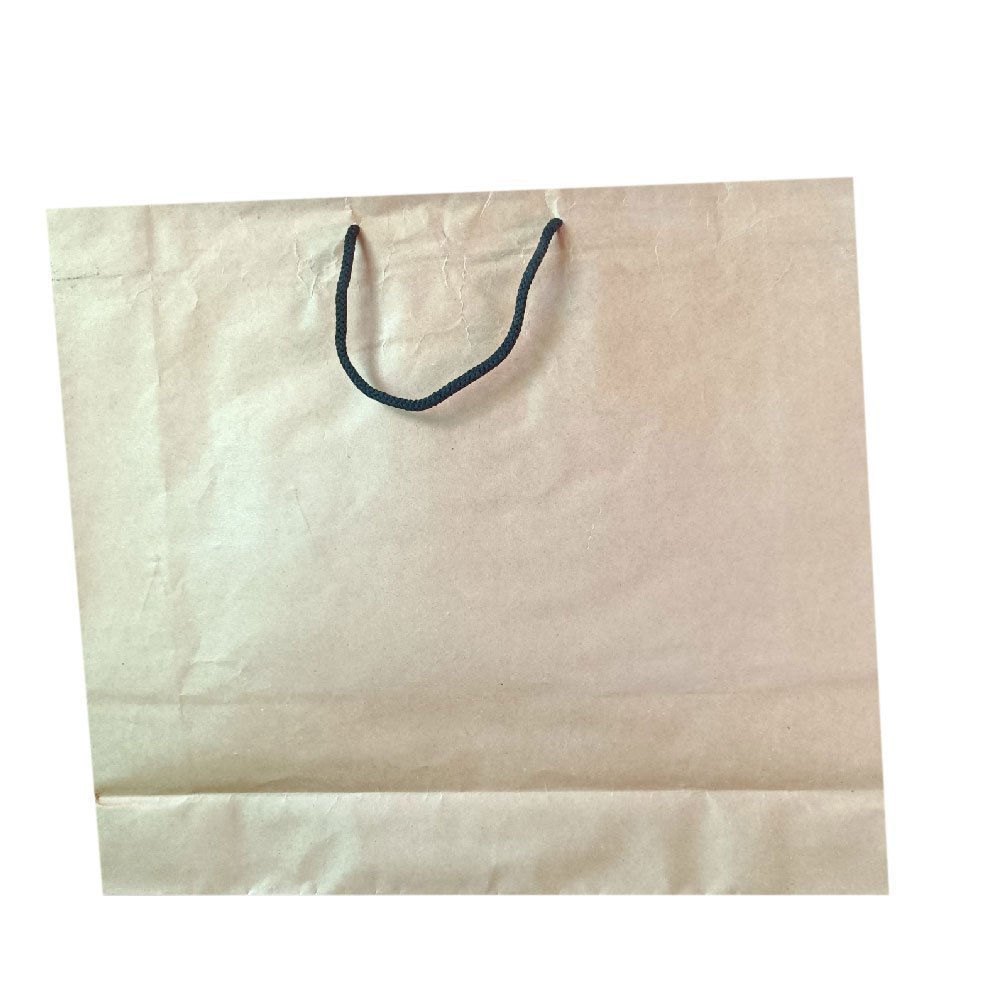The seemingly simple plastic bag you grab at the store has undergone a surprisingly complex journey. It all starts at a petrochemical plant, where crude oil is broken down into its basic components. One of these components, ethylene, serves as the building block for our plastic bag. Ethylene travels via pipelines or tankers to a plastic resin manufacturer. Here, the ethylene goes through a process called polymerization, where numerous ethylene molecules link together to form long chains – polyethylene. This polyethylene resin is like the raw dough for our plastic bag. The next stop is a plastic bag film manufacturer. Here, the polyethylene resin arrives in pellet form. These pellets are fed into a machine called an extruder. Imagine a giant pasta maker. The extruder heats the pellets until molten, then forces the melted plastic through a die that shapes it into a thin, wide sheet of hot plastic film. This film can be clear or be mixed with pigments to create colored bags. The film then travels down a series of rollers, where it is cooled and solidified. Printing machines can decorate the film at this stage with logos, designs, or even warnings. Now comes the bag-making process.

The film is sliced into wide ribbons, which are then folded and heat-sealed along the sides to form a continuous tube of plastic. Finally, a special cutting blade punches out individual bags, and another heat seal closes the bottom. Handles, if needed, are attached in a separate process. The finished plastic bags are then inspected for quality and counted by automated machines. They are bundled together and packed onto pallets, which are giant wooden platforms used for shipping. These pallets are loaded onto trucks or trains and transported to warehouses or distribution centers. The journey does not end there and how are plastic bags made in warehouses which distribute the pallets of plastic bags to individual stores. At the store, they are unloaded and stacked neatly on shelves, ready for you to pick up at the checkout counter.
This entire process, from oil well to grocery store shelf, can take anywhere from a few days to a few weeks, depending on the location of the manufacturing facilities and the distance they need to travel. It is important to note that there are different types of plastic bags, and their manufacturing processes may have slight variations. For instance, some bags are made from recycled plastic content, which involves an additional step of sorting and reprocessing plastic waste before it reaches the extruder. Biodegradable plastic bags, a more eco-friendly alternative, are derived from plant-based materials and may involve a completely different manufacturing process altogether. The next time you reach for a plastic bag, consider the remarkable journey it has taken to get there for more details www.ketegroup.com. It is a testament to modern manufacturing and global supply chains. But remember, plastic bags also come with environmental concerns due to their potential to pollute if not disposed of properly. So, whenever possible, consider using reusable shopping bags to reduce waste and environmental impact.